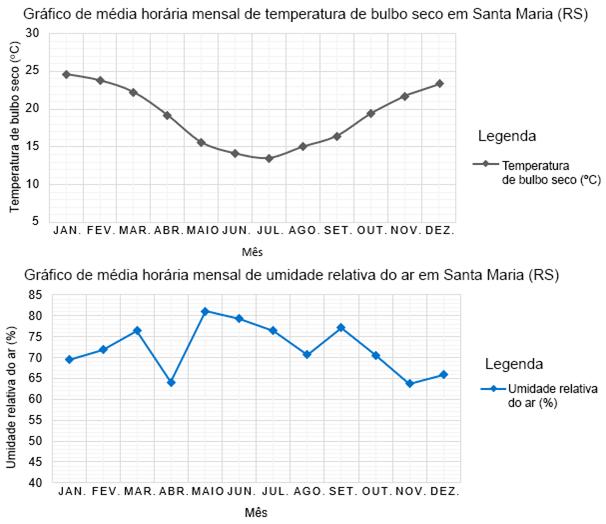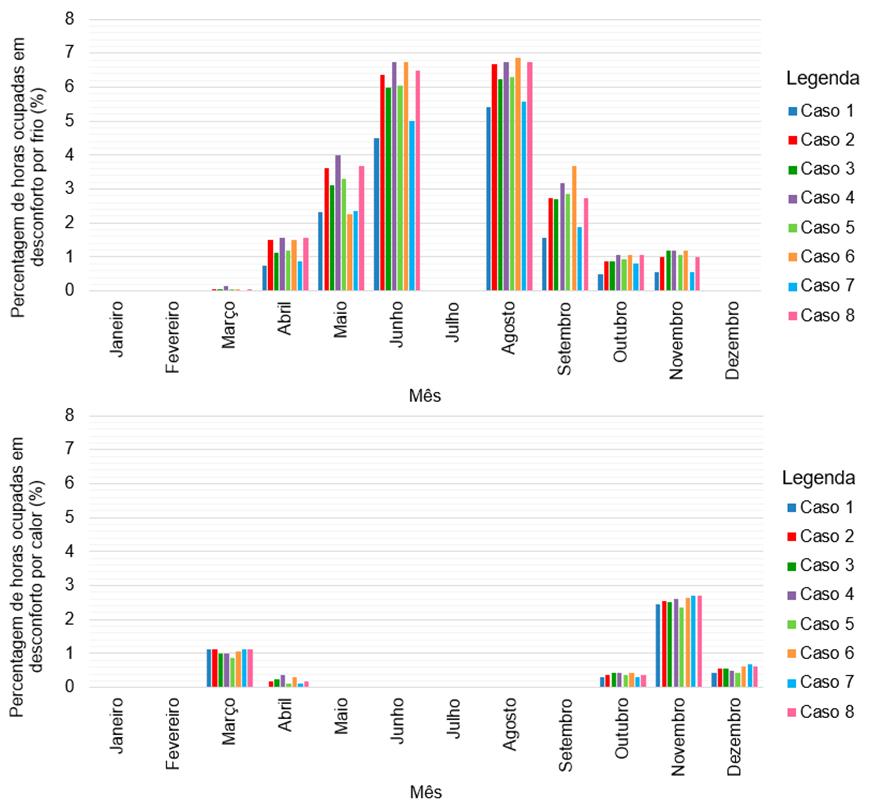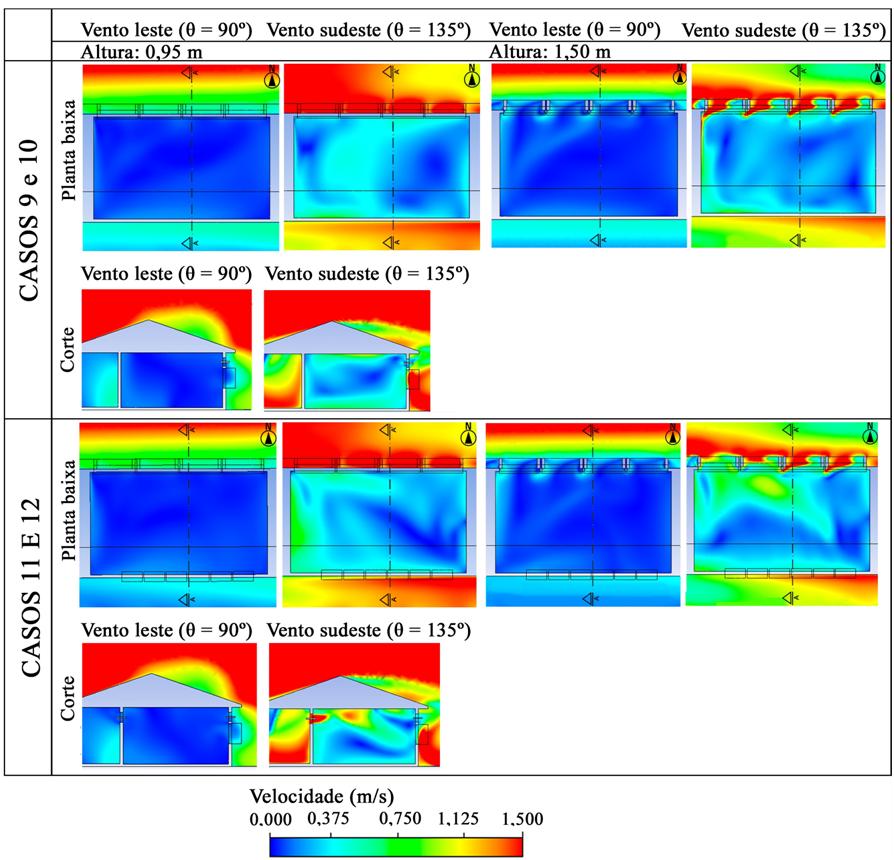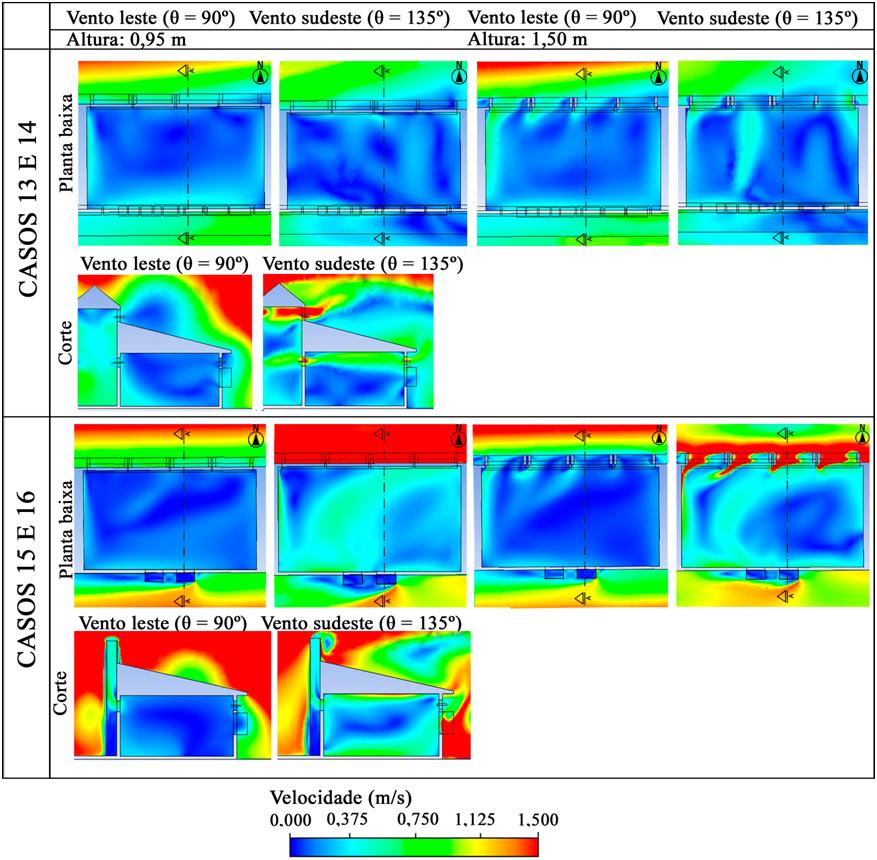Abstract
Classrooms are long-stay environments, in which thermal comfort is fundamental to the teaching and learning process. In the context of Covid-19, higher rates of natural ventilation are required, which can affect thermal comfort. This research aimed to investigate 16 natural ventilation strategies in elementary school classrooms regarding energy efficiency, thermal comfort and quality of natural ventilation, in a humid subtropical climate, represented by the city of Santa Maria, RS, considering recommendations from the Federal Government and computer simulations with Ansys CFX ® and EnergyPlus. The following items were analysed: hours spent in thermal comfort, discomfort degree-hours, indoor air velocity, air renewal rates and air humidity. Strategies using cross ventilation and solar chimney, or north-south unilateral ventilation connected to open circulation met the criteria for air renewal, albeit with a 20% or more hours of discomfort due to cold. It was observed that sufficient natural ventilation causes discomfort due to excessive cold. The contribution of this project is to suggest more adequate natural ventilation strategies for classrooms located in humid subtropical climates, demonstrating that they can contribute to improve the quality of natural ventilation compared to conventional solutions.
Keywords:
Classrooms; Primary; Natural Ventilation; Indoor Air Quality

 Thumbnail
Thumbnail
 Thumbnail
Thumbnail
 Thumbnail
Thumbnail
 Thumbnail
Thumbnail
 Thumbnail
Thumbnail
 Thumbnail
Thumbnail
 Thumbnail
Thumbnail
 Thumbnail
Thumbnail
 Thumbnail
Thumbnail
 Thumbnail
Thumbnail
 Thumbnail
Thumbnail
 Thumbnail
Thumbnail
 Thumbnail
Thumbnail
 Thumbnail
Thumbnail
 Thumbnail
Thumbnail
 Thumbnail
Thumbnail
 Thumbnail
Thumbnail
 Thumbnail
Thumbnail
 Thumbnail
Thumbnail


















